
So, What Are You Really Trying to Say?
You know when you get started with a piece of writing? You have a vision of what the final product will look like. It’s smooth, it’s convincing, it is intelligent, and it makes a difference. Then you start working on the actual piece. You do a little brainstorming, but in your excitement, you only brainstorm a bit before moving into that first draft. You are writing and after a paragraph or two, the worst possible outcome has happened. You have lost that initial vision of the piece, and now you’re looking at a paragraph or two of mushy writing that isn’t even making sense to you. So, now you start to worry. What will you do? How will you fill the pages with writing that will meet the purpose of the task? You take another look at what you’ve written. It’s a babbling brook of a mess with clumpy ideas scattered into mangled clumps of randomness. So now you have two problems: 1) not enough content or content that isn't very interesting and 2) wandering content that doesn’t make enough sense to engage and inspire the reader.
So, what to do? First, stop what you’re doing and go back to step one-brainstorming. For a typical 5-paragraph essay, I recommend that writers brainstorm a list of at least 20 items; the more the merrier. Why? Writers generally find it easier to edit out having too many ideas than to create additional ideas in the middle of the writing process. Now that you have enough content to produce a piece of writing, organize it properly. Different styles of writing sometimes call for different organizational models, but the general rule is always true: introduction, body, conclusion. This works for both individual paragraphs and for the whole piece. Onto the second problem. The solution is to get organized. Anytime you move to an earlier point in the writing process (brainstorming, outlining/organizing, drafting, editing and revising, final drafting), then you need to redo that step and the following steps. Now, with this newly-brainstormed list of content, it needs to be organized. Most writers develop personal preferences for their organizational system over time, but if you are starting out, use the outline. It is simple, logical, and workable. So, anytime you start writing and find that the content is coming up short, go back to the beginning and brainstorm. Once you have brainstormed, then organize that content. Here is some more help: Take a look at these videos on using strong content in your writing: An Overview of Strong Content in Writing What Strong Content Looks Like in Writing Examples of Strong Content in Writing Good luck with your writing! Related Blog PostsFrequently Asked Questions about Brainstorming to Publishing: The 5 Step Writing Process Course.8/7/2016
Related Blog Posts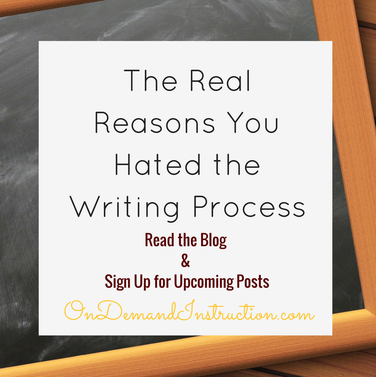
When you were a kid in school, in all likelihood, you were assigned to use the writing process and you hated it. Your teacher preached on about the immense uses of brainstorming and planning and drafting.
You went through the motions but cared not an ounce about those steps you took, because seeing the big picture of how challenging that writing can be and how hard that writers work to perfect their crafts was unreal to you. Your eye rolls spoke volumes, and in many ways, you were right. Until you have had a personal investment in your writing, making the connection between the reasons to use the writing process and how significantly it can change your writing can be unclear. To a young student, every step of the process can feel like drudgery. I get it. I really do. I did not understand the purpose of importance of the writing process until my sophomore year in college. All through my high school classes, teachers had forced us to fill out outline, add details to graphic organizers, write out a rough draft, and so on. It really did not matter a twig to me. I truly believed that my writing was fantastic in a rough draft, that I did not need to plan or edit or revise, and that things would work out just fine if people would just leave me alone. Then it happened. In my sophomore year of college, I sat in my apartment working on a paper. I got up to page three or four, which in those days was a bit of a challenge in itself. I did not have a computer; instead I had a new-fangled word processor which allowed me to type and print two pages at a time. So I had to type the two, print them, delete them from the processor, then move onto the next two. Most of my papers were ten or more pages long, so this was quite a chore. I got up to page three or four and the inevitable happened. I took a little break and read over my essay. It was a right mess. I had ideas cross crossed, this way and that, and completely mixed up. My paper was a disaster. How could this have happened? I got into college and I had completed a year of classes already. I must be a competent writer and be able to turn in a decent essay. I took a second look over the essay to figure out where I had gone wrong: my thesis statement was missing, my introduction was more of a diatribe than an overview of topics, and the body paragraphs brought up details to support that had never been mentioned in the beginning; there was no way this paper would cut it. I crumpled all my bits of paper and threw them into the bin. Time to start off fresh. My method of wandering aimlessly into an essay had backfired, and I could no longer depend upon my inner genius to produce high-quality, A-earning essays. Instead, I would look to an old enemy, make amends, and start anew. Somehow, the writing process and I needed to find a way to get along. I flipped through my writing manual, and there it was in black and white: The Writing Process
The memories came flooding back: going through the motions of the writing process but not connecting how challenging that writing can be, hearing my teachers talk about the importance of organization and planning, and the thoughts that I would never use any of this. With a determination to make up for my mistakes, I started over. Within a few hours, I had a brand-new paper. It was one that made sense, it stated a strong thesis statement, it included intelligent fact-driven support, and it followed a logical flow from introduction through body into support. Now, I had a paper that I could be proud submitting for a grade. After that experience, I used the writing process with every piece of writing: every essay, research project, blog post, letter, and memo. Even if I am whipping up a quick email to send my boss, I grab a sticky note to plan out my thoughts and take the time to edit for errors before hitting the Send button. As a young writer, the writing process did not make sense to me, because I did not realize how challenging that writing can be. Once I recognized my need for organization, planning, and editing, I applied it right away and have ever since. I can attest to the magic that the writing process brings to writing, how simple the process is to apply, and how much calm and confidence that it can bring to a writer of any genre: essay, research project, blog, or short story. Check out these videos on the writing process to review each of the steps:
Related Blog Posts
If you want to compose writing that is clear and organized, you need to start the writing process with organization. I always begin with a thorough, detailed brainstorm. Anytime that I skip the brainstorming, I end up wandering onto unrelated topics, and my writing quickly falls into a disorganized mess. And of course, I don’t want to feel trapped in a boring brainstorm that feels like I’m slogging through work.
One of the things that I have found to be consistently true is that I cannot depend solely on my own background knowledge for the brainstorm. If I do this, I am depending on just what I can remember, which significantly limits my content. By incorporating other voices, I can develop much more interesting, complex, and engaging writing. So, how can I start off with a greater variety of information than my own background knowledge when starting the writing process? There are a few different means I fall back upon, which have made brainstorming easier for me and more interesting for my readers.
What are three, non-boring ways to brainstorm?
1. Conduct surveys and polls If you want a more formal way of brainstorming–surveys and interviews can be a reliable method. Brainstorming, as scientist would say, is part of scientific method to do research. In writing, you need concrete evidence to back up your statements, and a well-conducted survey can provide that. Conducting polls would be a good venue to involve your readers in your work and get as much information for your writing task. People love to be included and have an opportunity to share their opinions, and a poll can offer that avenue. 2. Focused-group discussion Another way to collect interesting information for your brainstorm is to hold focused-group discussions. Perhaps, you can invite an expert to facilitate discussion among the participants or record an informal group (like a writing group or book club). If you are after spontaneous, candid answers then, a live discussion is the way to go. This is highly recommended for writers doing descriptive research or qualitative writing technique. Discussions would require open-ended questions and encourage people to speak up and share their ideas. You just have to make sure that you invited the right participants that can relate to your topic and can provide real-life answers. 3. Interviews Want to connect with a fellow colleague or even a mentor in your field? Use the interview process. This can help you collect information, involved a trusted expert into your writing, and increase your reader’s engagement with the piece. This is a way to collect relevant information for your writing, but it also helps you grow as a writer. If you choose someone who is better educated, more successful, or better connected in your field, then you can learn as much as your readers do from the writing experience. Remember that brainstorming helps you, as a writer to think out of the box. Brainstorming is searching for facts to provide good quality content in your writing task. You want to spend time coming up with your own ideas, background knowledge, and questions, but you will compose more effective, interesting writing if you involve other people with your brainstorming step. Skip the boring brainstorming of generating a few ideas and start your writing process off with more pizzazz. Related Blog Posts
The writing process is a series of steps that writers follow to compose a presentable piece of writing. By incorporating these steps, writers are able to create writing that is clear, organized, and correct. The writing process keeps writers on track and improves the outcome of the writing.
Although the writing process seems simple enough to naturally-organized writers with innate time management skills, for many students and writers the writing process can be overwhelming. In this book, we attempt to present the writing process in a simple, straightforward manner. Think that the writing process is only for young students? Think again. Writers between the age of 8 and 108 use the writing process on blogs, articles, stories, reports, research papers, letters, novels, poetry, non-fiction books, and every other imaginable type of writing. Like all of the Courses from On Demand Instruction, From Brainstorming to Publishing, is written to the person who may struggle with this topic and the person who needs basic explanations with straightforward examples. All writers encounter the writing process at some point. A teacher or professor may require student writers to follow the writing process for an assignment. Many professions require workers to write, and the writing process comes in handy, especially with longer pieces like professional reports. As well, novice and professional writers alike follow the writing process to keep themselves and their writing controlled. The writing process can help a writer get prepared, stay organized, and complete writing tasks on time. Being organized reduces stress and makes the writing process more enjoyable. The writing process is used in the classroom, in the boardroom, and in the community to communicate competently. Using the writing process in one’s writing tasks can mean the difference between a messy, confusing draft and a polished, publishable paper. Your Instructor Patricia Martin MA MEd Having spent the last two decades in school, both as a professional student and as an educator, my passion for education and learning is boundless. After many years of studying, I hold undergrad degrees in Literature and History and Master’s degrees in Writing and Communication, Educational Leadership, and a Master’s Certificate in Creative Writing. Most of my writing is instructional nonfiction and curricular content to support novice readers and writers. I absolutely love creating courses and thrive off of hearing that I was able to help someone work through a challenging situation and return to the creative path. Writing poetry and novels is a pursuit I share with my family. When my kids were little, I wrote each of them a book series around characters they invented. As they grew, I wrote books to fit their changing interests. My daughter once asked me to write about a character named Lily, who as my daughter described, “Wore a yellow dress, beat up the bad guys, and flew a rocket in space.” I happily complied. Besides teaching and writing, my other love is nature. I love Nordic skiing and snowshoeing in the winter and make a point to get outdoors. In the summer, I am either lakeside getting ready for kayaking or hitting the road to go camping. Nature is my church, my therapy, my happy place. Access the course: Brainstorming to Publishing: The Five Step Writing Process Below
The Writing Process is step-by-step guide to make the writing task easy and error-free. Since the Writing Process works for any type of writing—short stories, blogs, research papers, essays, letters, or articles, any writer can use it to create more organized, clearer writing.
Every individual has a different take on the Writing Process, which is fine. Some people like to lengthen the editing step to include several sub-steps because it helps them to organize and revise better. Others like to lengthen the brainstorming step to include several phases of researching like: surveying, academic research, and interviewing. For a blogger, this may be a useful choice so that they create thorough, detailed blogs that engage their readers. Why would writers want to use the Writing Process on a daily basis?
5. At work and in the classroom, it is a good sign if you are able to accept constructive criticism about your rough draft. After all, the very purpose of having a rough draft is an initial step to finding improvements. Ask a colleague to check your rough draft to avoid any misinformation in your report or any form of written communication.
6. Planning out on what topic to write is normally a challenge for students. It is important to plan out the content of your paper to make it cohesive. The teacher will always give credit to a well-planned out essay. 7. No one can claim that he is a perfect writer. There will always be people around you who will criticize and find errors in your work. So, might as well take the initiative to edit and revise your written work. Professional writers normally ask an editor to do this. Students can ask their parents or teachers to edit and revise their homework. 8. When you follow the writing process, to edit and revise, would mean looking at the simplest detail such as: punctuation mark, grammar, and spelling. Before looking at the bigger picture, make it a habit to edit and revise the simplest detail. 9. The quality of your writing is reflected on your presentation. A good and neat presentation of written work is a reflection of your personality. Start with a good impression by making an excellent presentation of your written work. 10. If you are aiming to have your work published, presentation of the final draft should reflect that your work is worthy to be read by many. That means taking the time to conduct multiple versions of editing and revising. Read the piece aloud. Have someone else read it. Check it over and over to ensure that all the kinks are worked out. The Writing Process can help every aspect of your writing—organization, clarity, flow, style, and professionalism. If you can take the time to follow these simple steps—Brainstorming, Planning, Drafting, Editing & Revising, and Presenting—you will find that your writing naturally improves. Related Blog Posts |
About the SiteWelcome, Writers! Archives
September 2023
|
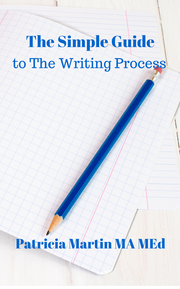


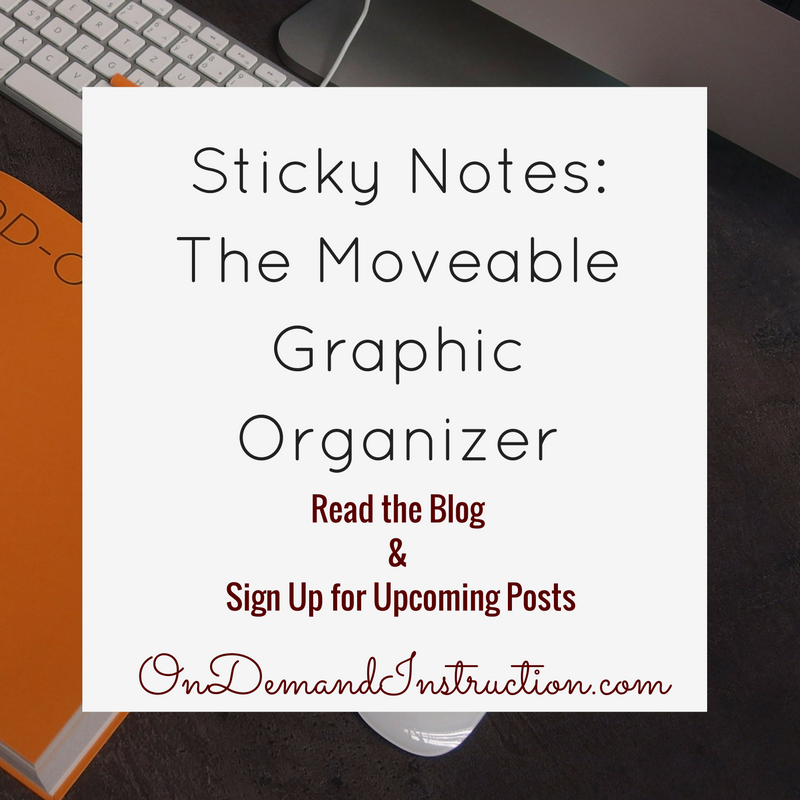

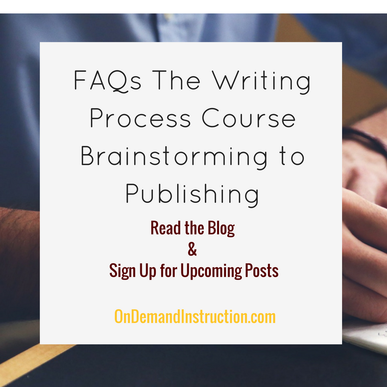



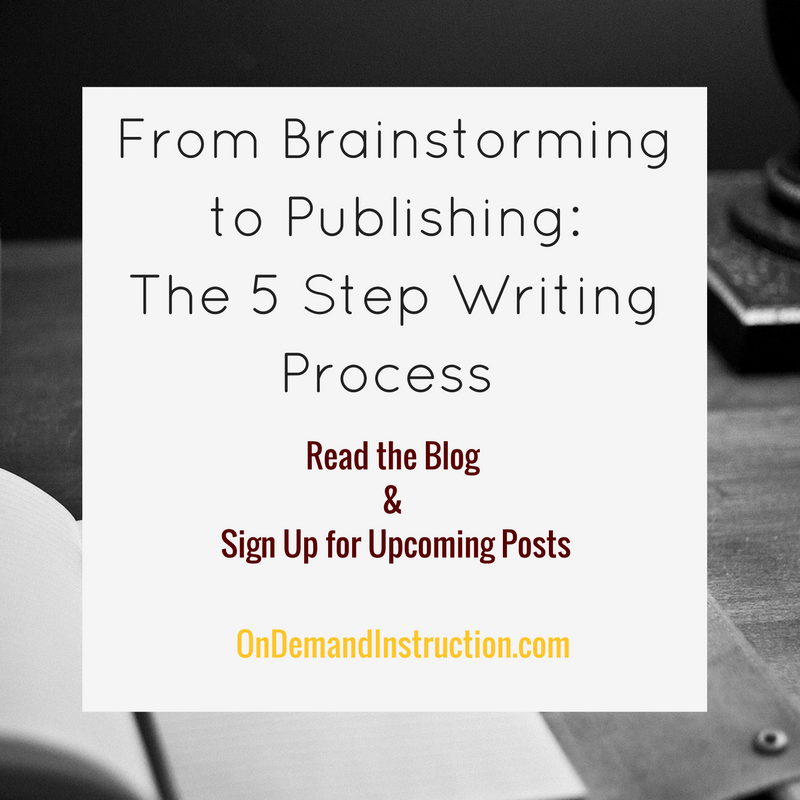
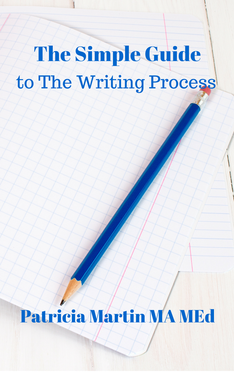



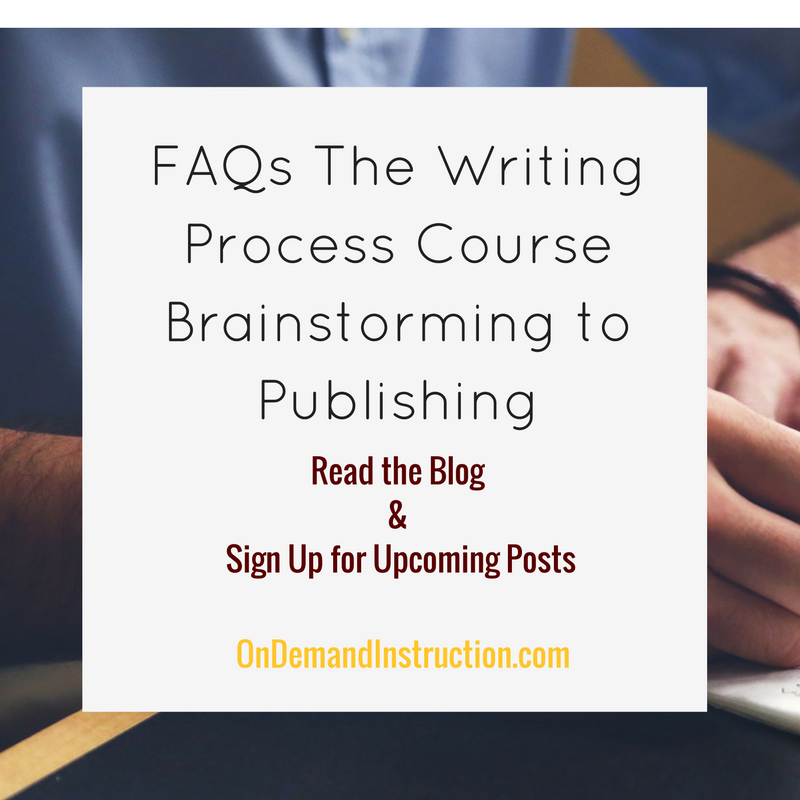
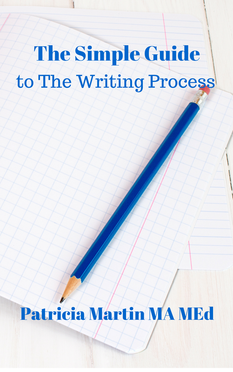


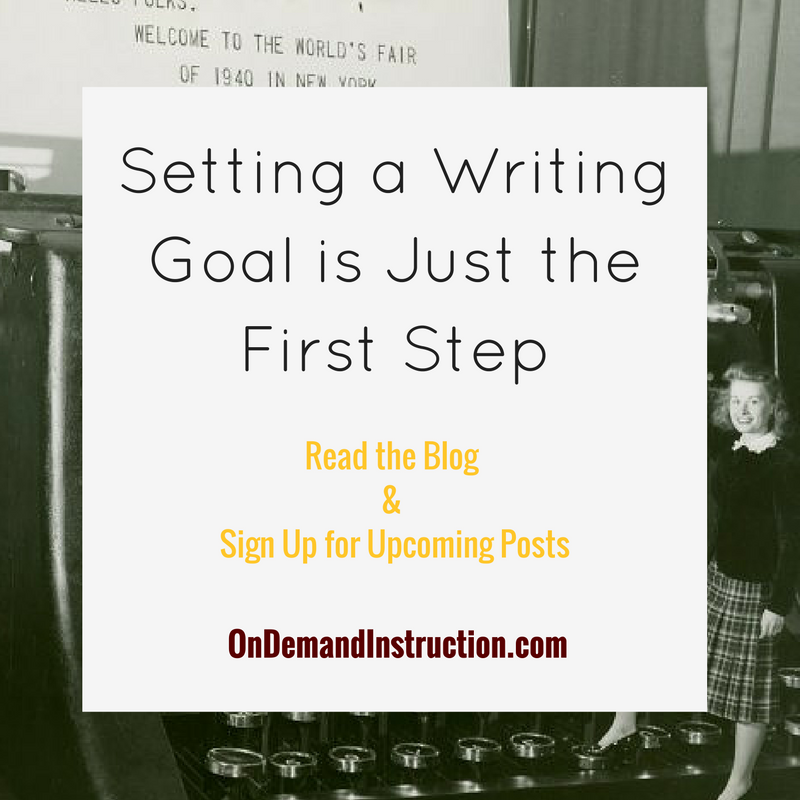
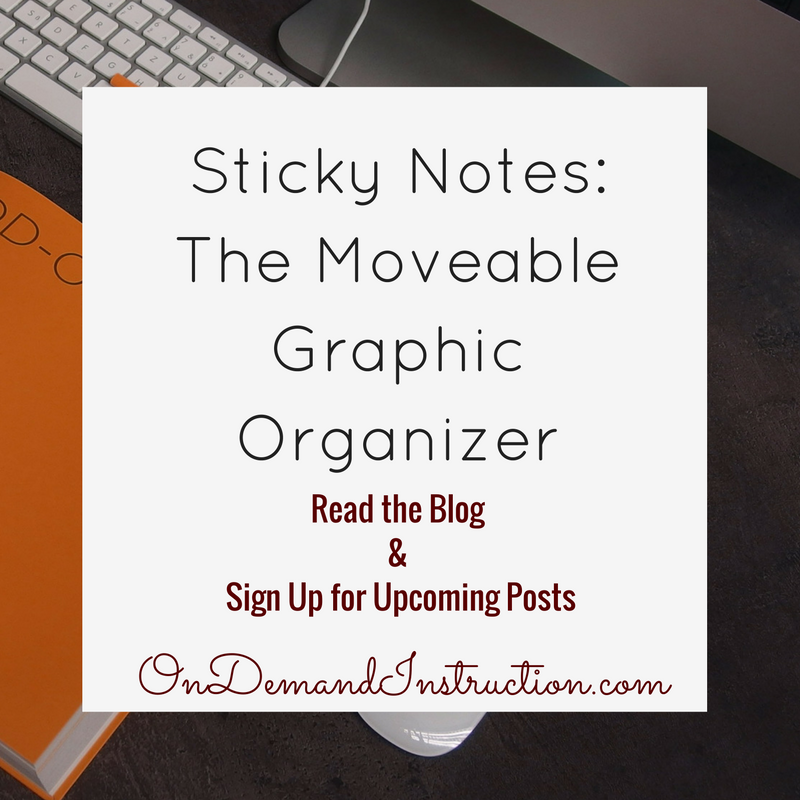
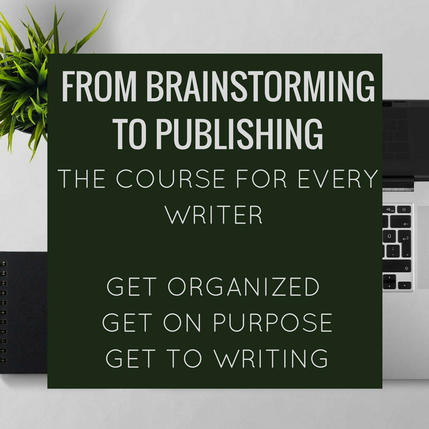
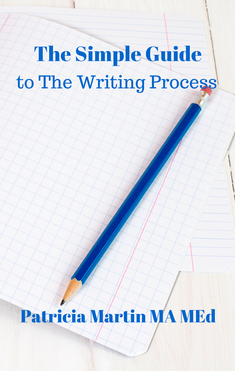

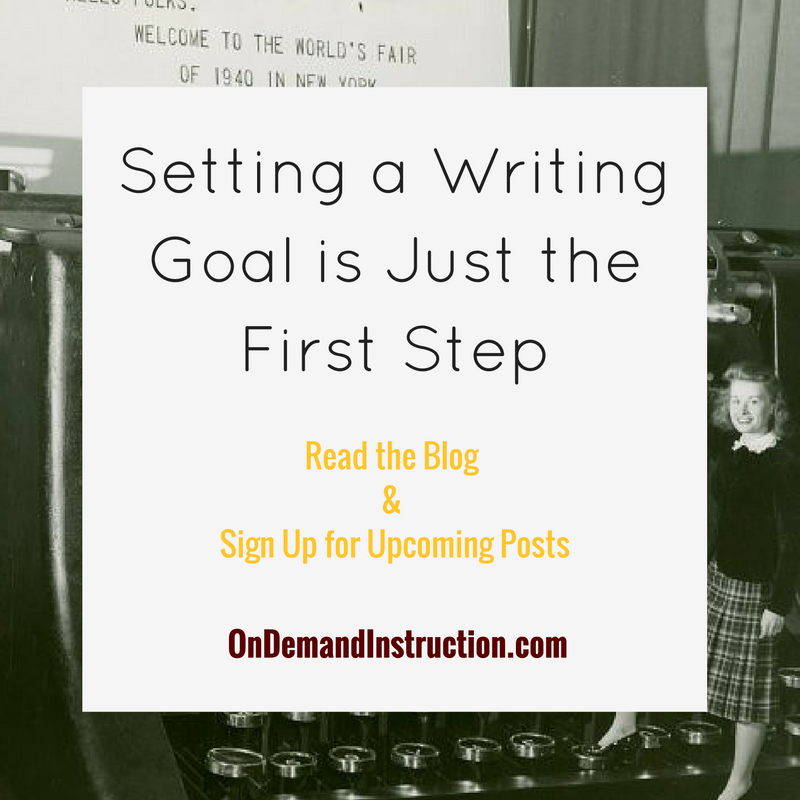
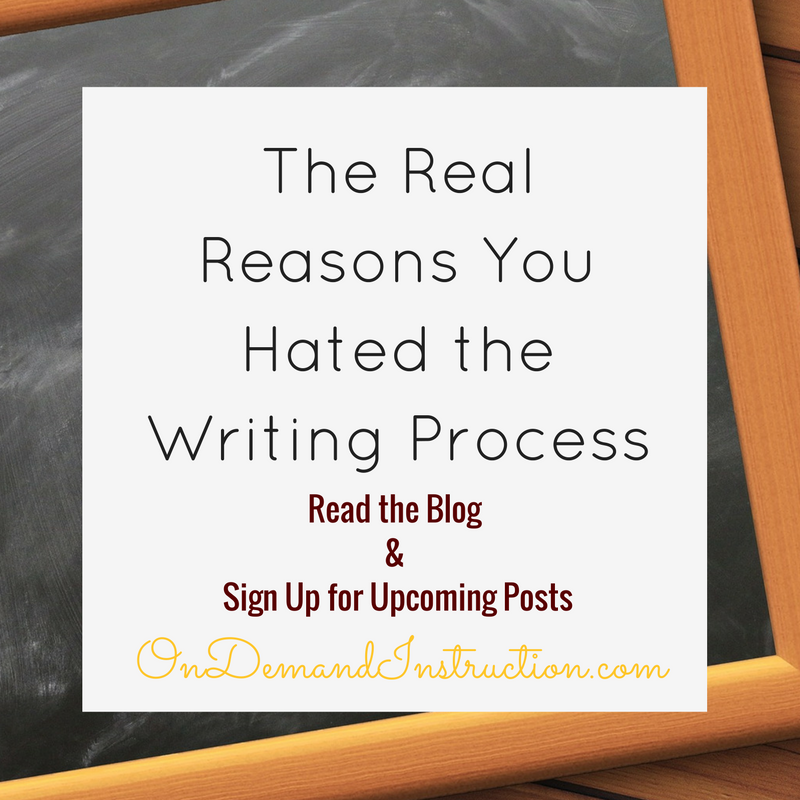
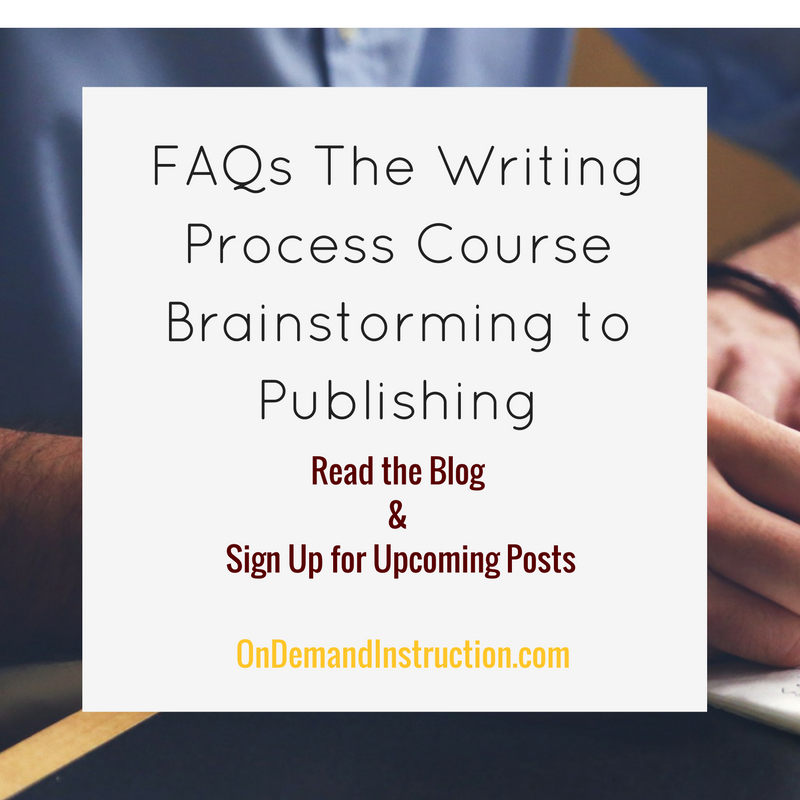
 RSS Feed
RSS Feed